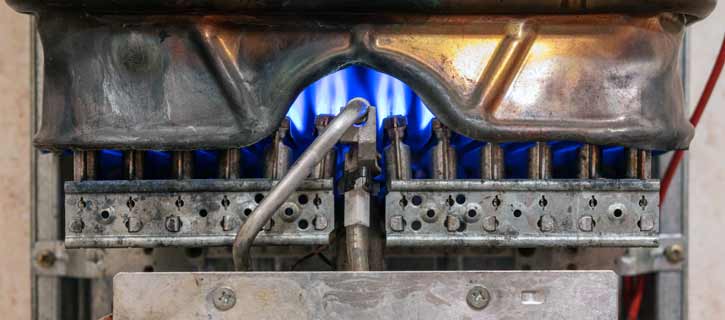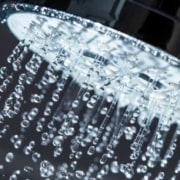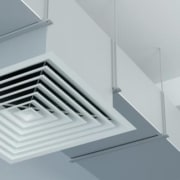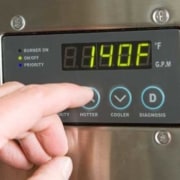6 Most Common Causes of Carbon Monoxide Poisoning
Carbon monoxide (CO) is a colorless, odorless gas that is often referred to as a silent killer. It is generated by incomplete combustion of fuel in an engine, heater, appliance or from an open flame.
According to the Centers for Disease Control and Prevention (CDC), CO poisoning claims the lives of more than 400 people each year. More than 100,000 people visit the emergency room and more than 4,000 are hospitalized from CO poisoning.
As experts in the HVAC industry, we’re often hired to provide expert opinion on carbon monoxide personal injury cases, which occur in homes, workplaces and even in hotels. We’re aware of what may have caused the CO exposure and understand what could have prevented it.
What exactly causes a CO poisoning injury? The technical answer: an improper fuel/air mixture or inadequate combustion air and improper venting of combustion products. Keep in mind, carbon monoxide is always present in fuel burning, since complete combustion is only possible in a laboratory setting. The key is to keep the CO level to a minimum by maintaining proper combustion and flue venting.
Since there are many different scenarios for when CO poisoning can occur, we’ve provided examples of some of the more common. Below are 6 Most Common Causes of Carbon Monoxide Poisoning.
1. Using an older appliance that is not maintained.
If an older appliances such as a furnace, water heater or boiler is not working properly or is used in the wrong way, it can create a higher amount of CO emissions. That’s why it’s important to have your furnace or water heater serviced each year by a licensed service professional.
“Every gas furnace and water heater should be inspected by a professional annually, and if over 18 years old, replaced,” explains Bill Ivey, IEI principal consultant.
Are you wondering if it’s time to invest in a new furnace? Check out our list of signs that it’s time to replace your heating system.
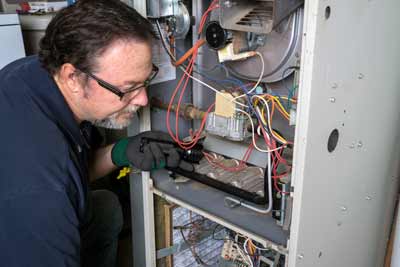
2. Defective venting or combustion air system design or installation.
While homeowners have more control over maintaining a furnace or water heater, they sometimes don’t have control over the design or installation. This is true especially if down the road there’s a CO issue caused by a defective vent or a system that’s not installed or designed correctly. These issues are usually prevented by having a licensed professional do the installation or design.
Also, it may be tempting to install your own water heater or boiler to save money. Most homeowners aren’t familiar with working around plumbing and gas lines. Without the proper training, there is a possibility the system may not be properly vented, provided with adequate combustion air or adjusted for proper air/fuel mixture (firing rate).
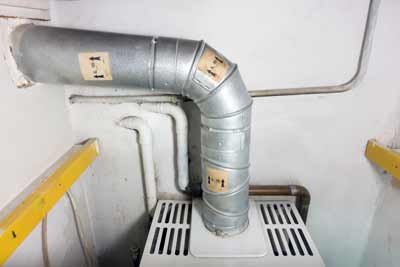
3. Modifying or moving an appliance without proper re-commissioning.
Are you remodeling a home that will require moving the furnace or water heater? Modifying or improperly moving a gas appliance can lead to a number of CO risks.
“The risks of moving or modifying an appliance include inadequate venting of combustion products, inadequate combustion air and improper firing,” Ivey says. “Hiring a qualified and licensed contractor to make these changes is very important. Your contractor should comply with a manufacturer’s written installation instructions and the applicable codes.”
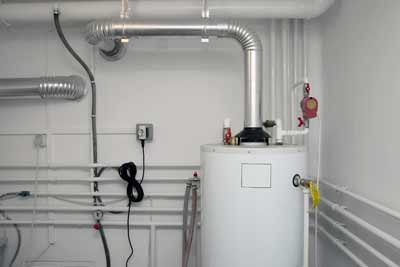
4. Leaking, blocked or incomplete appliance vent ducts.
The job of an appliance vent duct is to remove combustion products from the appliance and convey it to the outdoors. If a vent is leaking or blocked, this may create incomplete combustion; CO can escape into occupied spaces.
Make sure to keep any furniture or other objects away from a vent duct. If you notice a leak, don’t attempt to fix it yourself. Call a licensed contractor or service professional to take care of it.
5. Using a portable fuel-burning appliance indoors.
Any portable appliance that burns gas, coal, wood, kerosene or oil produces CO and should never be used indoors. These types of appliances include gasoline-powered tools, such as a generator; heaters; camp stoves and grills.
When using these appliances, CO can rapidly accumulate indoors, even in areas that seem to be well ventilated. The gas can build up to dangerous or fatal concentrations in minutes. When using a generator, make sure to use it at least 20 feet from any window, vent or door.
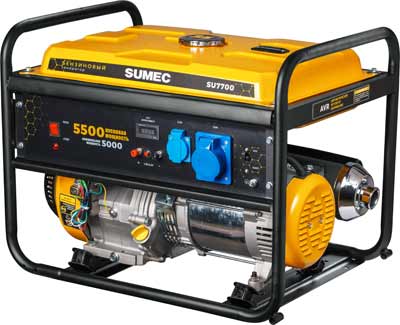
6. Leaving an older car engine running with the garage door closed.
A car that is older than 11 years can create deadly amounts of CO. (Newer cars produce less CO emissions). If an older car is kept idling in an attached garage, the CO fumes could penetrate the house, especially if the seal on the house door isn’t good. Even if an older car is idling outside, there’s still a risk of CO poisoning. The car’s HVAC system can pull the CO fumes back into vehicle.
If you want to warm your car up, do it outside the garage. And always keep the garage door open when starting the car.
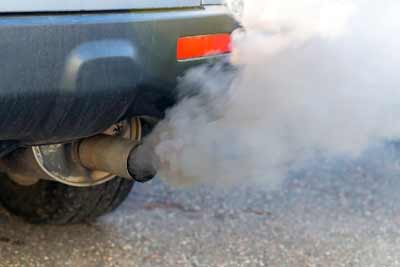
Looking for more information about CO poisoning and how to stay safe? This list of facts on how to prevent carbon monoxide poisoning may be helpful.
Everyone is at risk for CO poisoning, especially infants, the elderly and those with chronic health problems. One of the easiest ways to help prevent a poisoning incident is to install a CO detector. Along with a smoke detector, it plays a vital role in the safety of a home or building’s occupants. (Check out our list of smoke alarm tips.) New homes with attached garages typically are required to have CO detectors, as well as condos, apartments, stores and offices with attached garages, depending on local building codes.
Hopefully the above list of common causes of CO poisoning will help educate homeowners and business owners—and possibly even help save someone’s life.
If you ever need a carbon monoxide safety expert, we’re here to help. Call Ivey Engineering today to find out more about our expert witness services.

